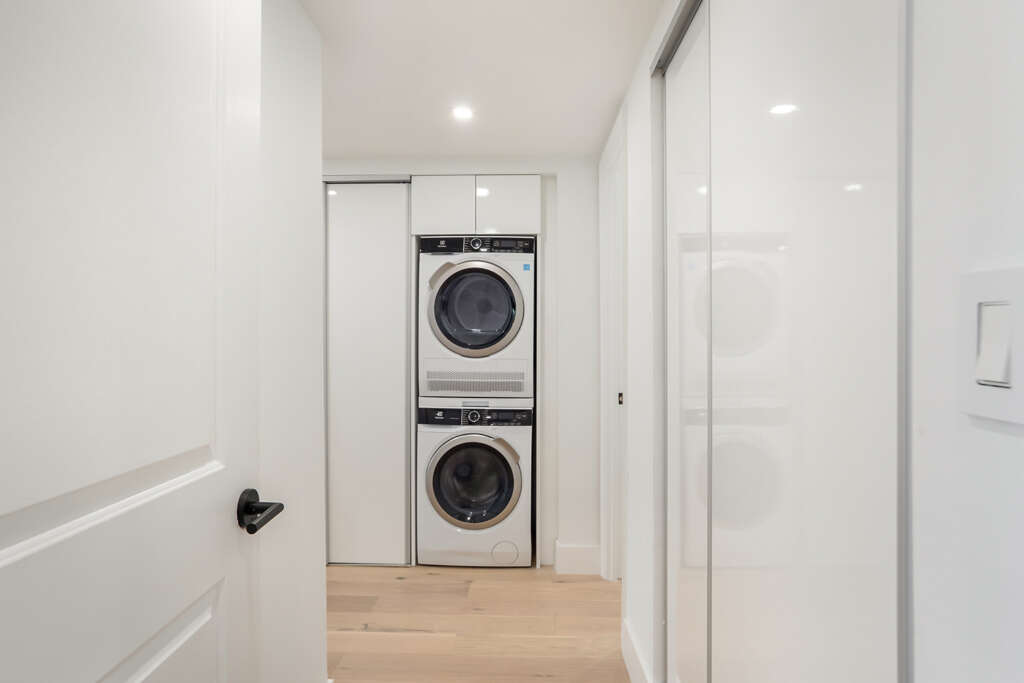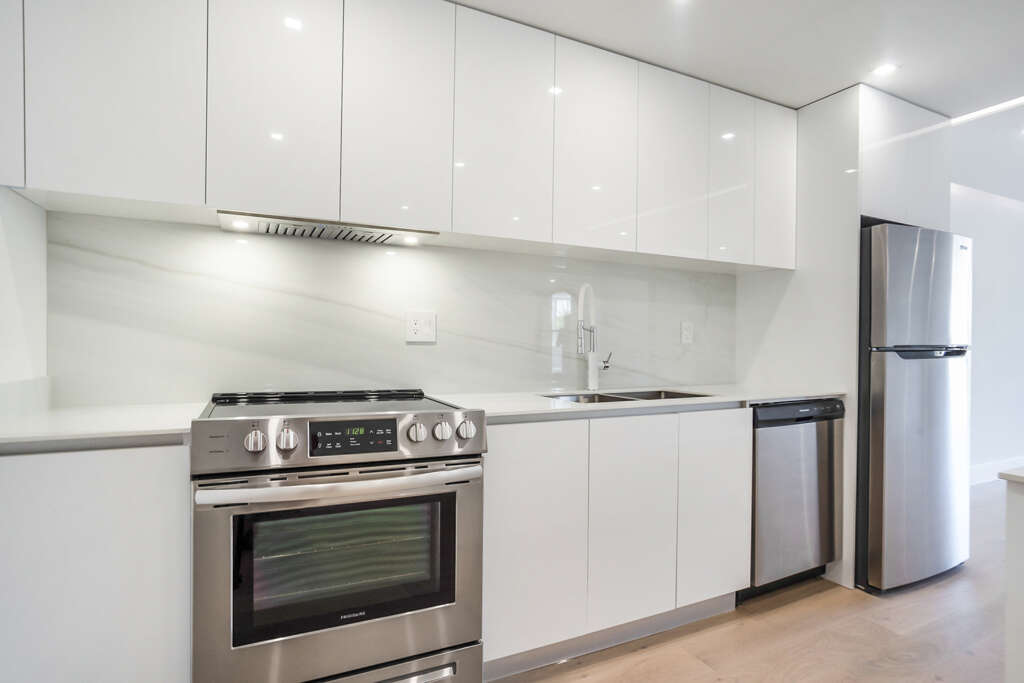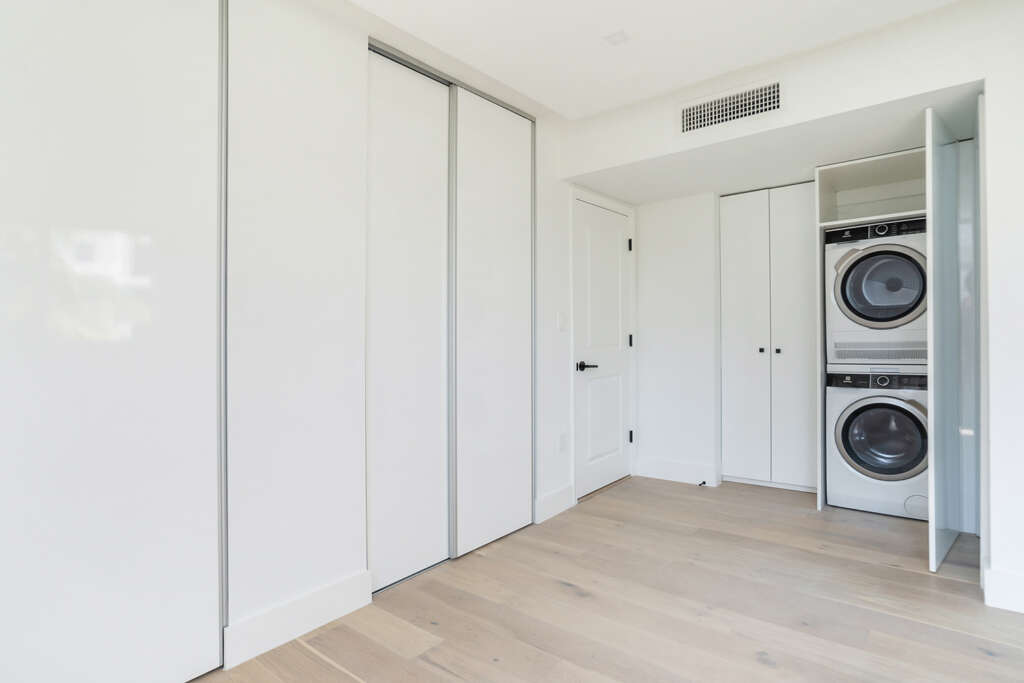Residential property managers help us to preserve and increase the value of our real estate investments. They manage the day-to-day financial operations of the property, including finding and renting to qualified tenants. They also ensure that the property is in good working order.
Principal Duties:
Knowledge & Skills Needed:
Maintenance workers help to repair, replace, or reassemble defective equipment/building parts using hand tools and power tools. They perform routine preventative maintenance to ensure that machines continue to run smoothly, building systems operate efficiently, and the physical condition of buildings does not deteriorate.
Principal Duties and Knowledge & Skills Needed:
 Our company provides property management that includes maintenance and repairs, renovation services, rent collection and leasing for residential and commercial properties.
Our company provides property management that includes maintenance and repairs, renovation services, rent collection and leasing for residential and commercial properties. 






